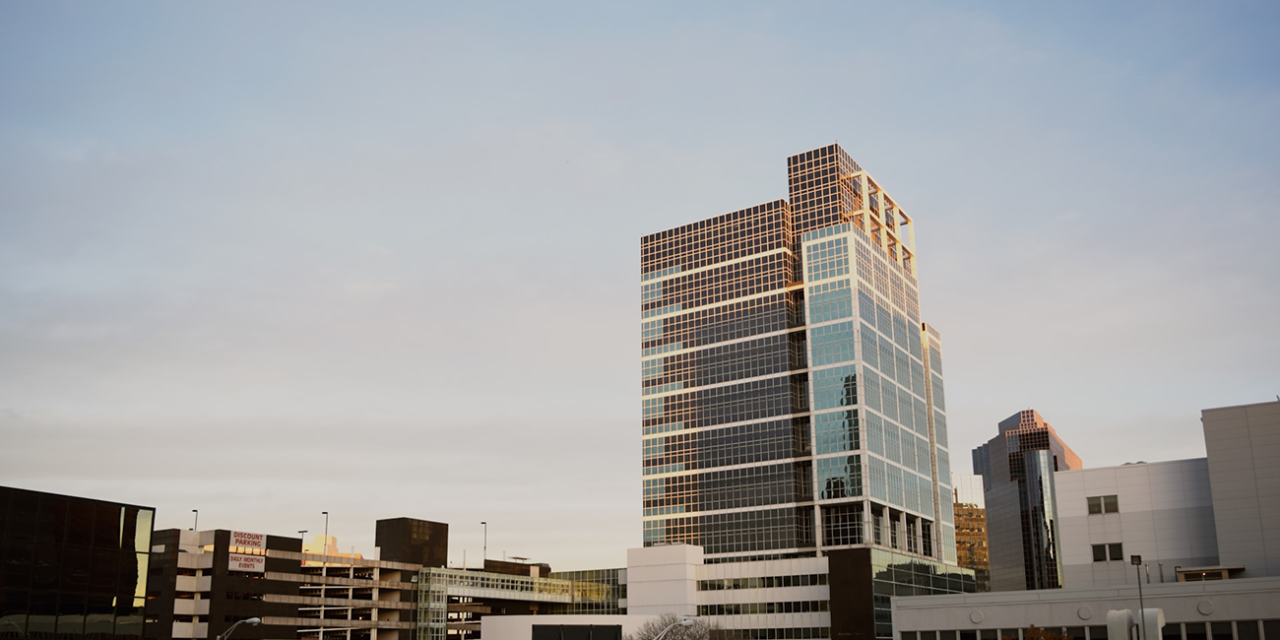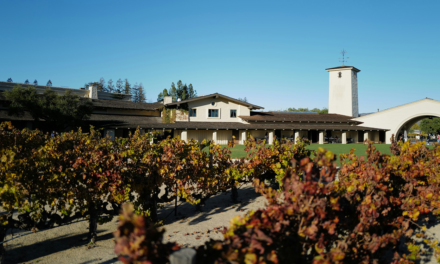Table of Contents
Indigenous Beginnings and European Colonization
Indigenous Roots
Before European colonization, the Lenape people inhabited the land that would become Newark, New Jersey.
The Lenape, part of the larger Algonquin family, thrived in the region with their deep knowledge of the local environment. They practiced sustainable agriculture, fishing, and hunting.
Dutch and English Settlement
In the early 17th century, Dutch settlers began exploring the area.
However, it was the English Puritans from Connecticut, led by Robert Treat, who founded Newark in 1666.
They sought religious freedom and named the settlement after Newark-on-Trent in England. The land was originally purchased from the Lenape with items like guns, coats, and blankets, marking the beginning of a new chapter in the region’s history.
Growth and Industrialization in the 19th Century
Early Development
Newark’s early economy was primarily agrarian, but it began to diversify with the establishment of mills and breweries.
By the early 19th century, the city had started to industrialize, driven by its strategic location along key transportation routes, including the Passaic River.
Industrial Boom
The arrival of the Morris Canal in 1831 and the establishment of railroads transformed Newark into an industrial powerhouse.
Factories producing leather goods, carriages, and later, beers and stoves, thrived. The city’s population swelled as immigrants from Germany, Ireland, and Italy arrived, drawn by the promise of employment and a better life.
Newark in the 20th Century
Economic Highs and Lows
Newark was at the height of its industrial might in the early 20th century, but it also faced significant challenges.
The Great Depression hit the city hard, leading to economic hardship and unemployment. However, the post-World War II era brought a brief resurgence, driven by manufacturing and port activities.
Social Change and Unrest
The mid-20th century was a period of profound social change.
Newark became a hub for the Civil Rights Movement, but it was also a time of racial tension and economic disparity.
The 1967 Newark riots were a pivotal event, highlighting the stark issues of racial inequality and leading to significant changes in the city’s governance and social policies.
Modern Newark: A City of Resilience and Renewal
Urban Renewal and Economic Revitalization
In recent decades, Newark has undergone significant urban renewal.
Efforts to revitalize the downtown area have included new commercial developments, cultural institutions, and residential projects. The construction of the Prudential Center and the New Jersey Performing Arts Center (NJPAC) development have been pivotal in attracting tourism and boosting the local economy.
Education and Innovation
Newark is home to several major educational institutions, including Rutgers University-Newark, the New Jersey Institute of Technology (NJIT), and Seton Hall University School of Law.
These institutions are important in driving innovation and economic development in the region.
Cultural and Community Life
Newark’s cultural scene is vibrant and diverse, reflecting its rich history and multicultural population. The Ironbound district is renowned for its Portuguese and Brazilian communities and cuisine.
The city also hosts numerous festivals, art exhibits, and performances that celebrate its heritage and contemporary culture.
Reflecting on Newark’s Journey
Legacy of Diversity and Resilience
Newark’s history is a testament to its resilience and ability to adapt and thrive amid change.
Newark’s story is one of transformation and community spirit, from its indigenous roots and colonial beginnings to its build to an industrial hub and its ongoing revitalization.
Future Prospects
As Newark continues to evolve, it faces both opportunities and challenges.
The city’s commitment to sustainable development, education, and cultural enrichment promises a future where Newark remains a dynamic and integral part of New Jersey’s landscape.
Conclusion
Newark, New Jersey, has a rich and multifaceted history marked by periods of growth, struggle, and renewal.
Its journey from a Puritan settlement to a modern urban center showcases its residents’ enduring spirit and ability to navigate and shape the tides of change.
As Newark looks to the future, it carries forward the legacy of its diverse heritage and the promise of continued progress and innovation.





